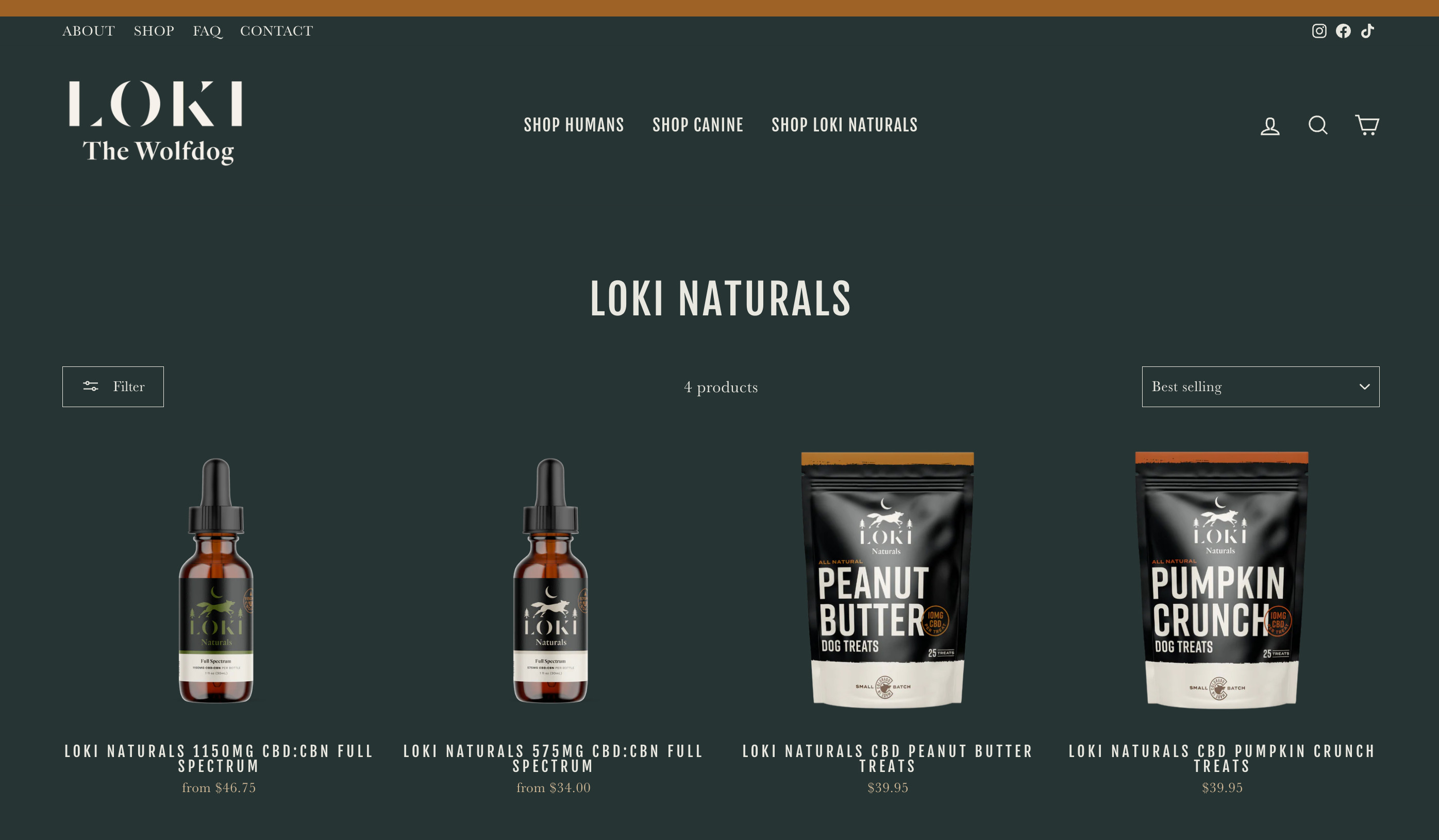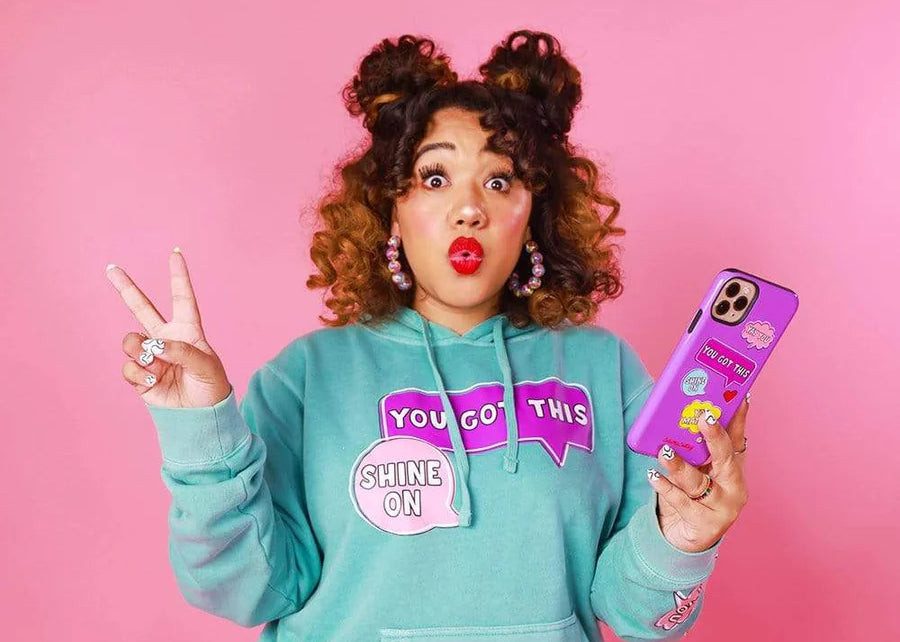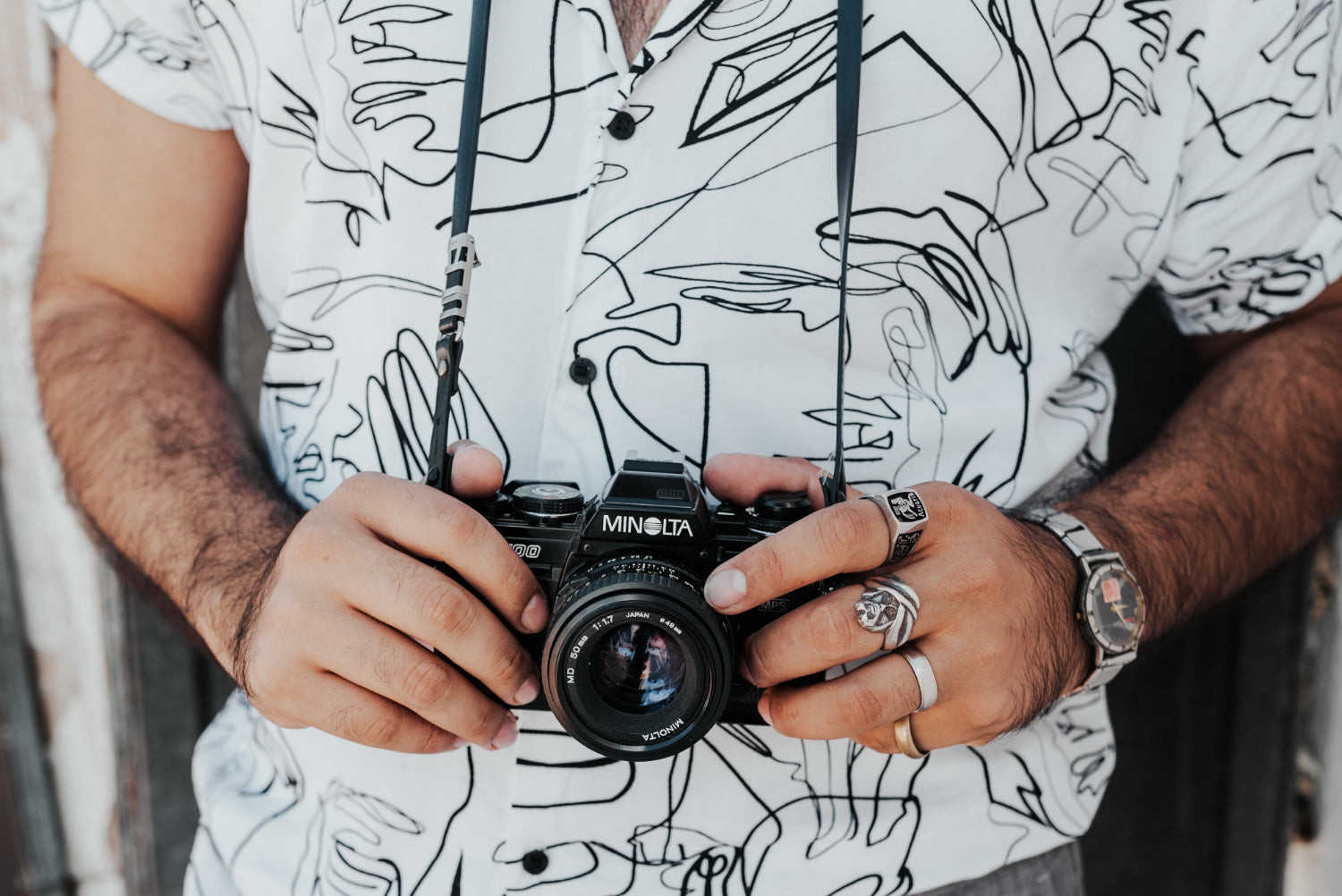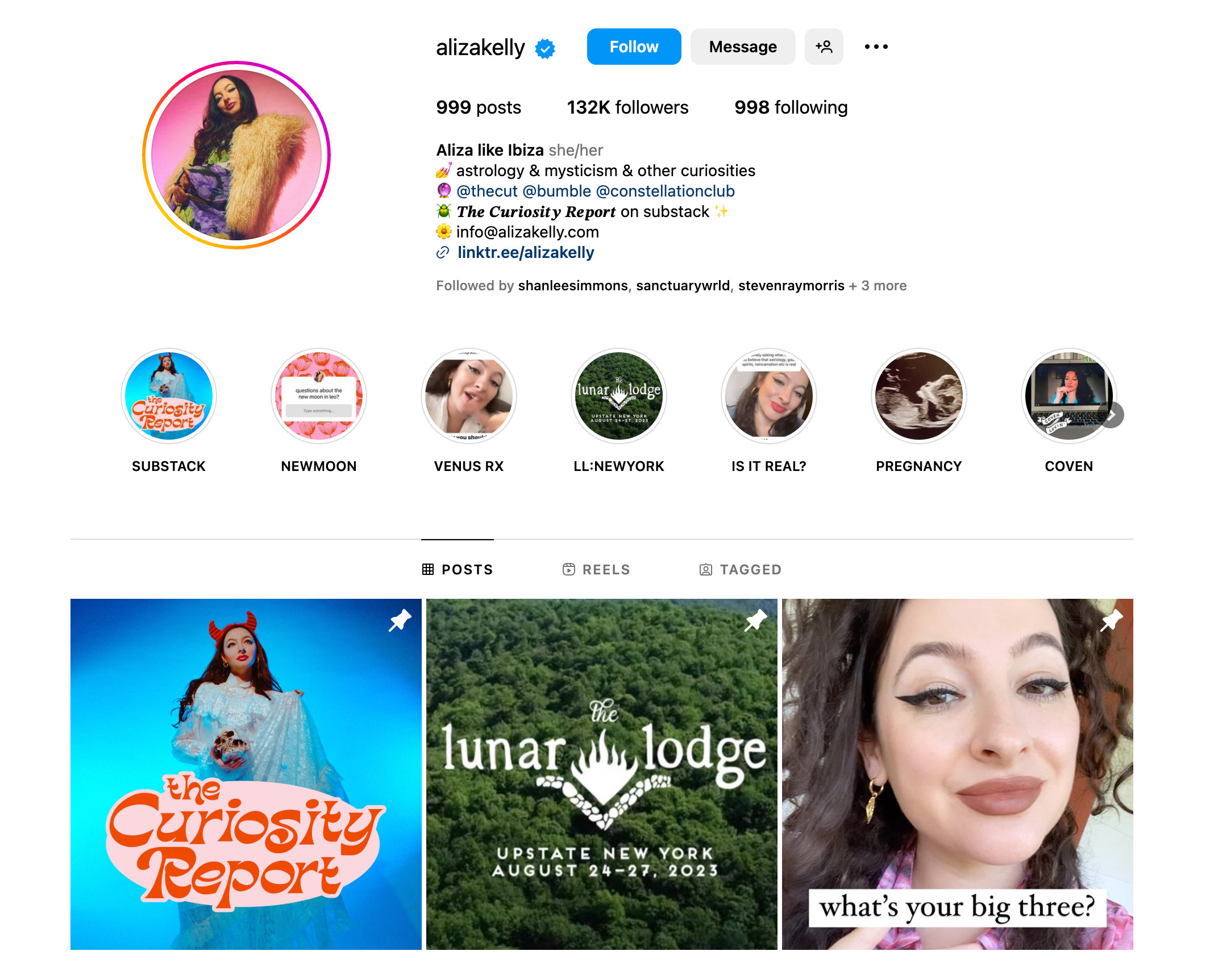Instagram has evolved from a simple photo-sharing app into a powerful platform where creators and businesses can thrive. You might have noticed your favorite influencers showcasing products, both their own and from collaborating brands. If you’ve ever wondered if you could tap into this lucrative space, the answer is a resounding yes. You don’t need millions of followers to start earning money on Instagram.
Whether you are a budding entrepreneur, a small business owner, or a content creator looking to expand your income streams, Instagram offers a wealth of opportunities to monetize your presence. This guide will explore nine effective strategies on how to earn money on Instagram, regardless of your follower count.
9 Ways to Monetize Your Instagram Presence
Making money on Instagram isn’t solely about amassing a huge following. The most effective methods depend on your unique content style, your specific audience, and the effort you’re willing to invest. Let’s dive into actionable strategies to help you turn your Instagram activity into a revenue source.
1. Leverage Sponsored Content Partnerships
 Alix Earle Instagram sponsored post example
Alix Earle Instagram sponsored post example
Sponsored content is a mutually beneficial approach for brands and creators. Businesses often seek authentic voices to promote their products, recognizing that genuine endorsements from individuals resonate more deeply with audiences than traditional advertising. Creators, in turn, can get paid to create content they love and share their authentic experiences with their followers.
The key to successful sponsored collaborations is authenticity. Rachel Karten, a social media consultant and author of the newsletter Link in Bio, emphasizes the importance of genuine connections. “Many brands prefer to collaborate with creators who are already genuine fans of their products,” she notes. Rachel suggests proactive creators should reach out to their favorite brands to propose partnership opportunities.
Developing a recurring content style or series can be particularly attractive to brands. Consider Alix Earle’s popular “get ready with me” series on Instagram. This format provides a natural and engaging context for makeup brands to integrate their products seamlessly. Her audience anticipates these videos, making brand integrations feel organic and less intrusive.
When pitching to brands, clearly articulate your audience demographics and demonstrate how their product aligns with your established content formats. Platforms like Shopify Collabs serve as influencer marketplaces where you can list your profile details, signaling your openness to brand collaborations. This can make it easier for brands seeking creators to find and connect with you.
If you’re a business owner aiming to partner with creators, consider suggesting formats that align with their existing content style. Avoid pushing creators to produce content that feels out of sync with their usual style, as authenticity is paramount for both creators and brands.
Remember, transparency is crucial. Instagram mandates that all branded content, defined as content influenced by a business partner for an exchange of value, must include the platform’s paid partnership label. This maintains trust and complies with advertising guidelines.
2. Open Your Own Instagram Storefront
 Alix Earle Instagram sponsored post example
Alix Earle Instagram sponsored post example
If you already operate an online store, Instagram provides a powerful extension to promote and sell your products directly to its vast user base. However, even if you are primarily a content creator, you can leverage your influence to sell products that resonate with your brand and audience.
Whether you offer physical goods, digital products, or services, Instagram can be a dynamic sales channel. Use your content to illustrate the value proposition of your offerings, and then utilize Instagram’s built-in selling tools to create a seamless path for followers to make purchases.
The lines between creator and entrepreneur are increasingly blurred. Many individuals are seeking independence and ways to monetize their skills and passions. A prime example is pet influencer Loki the Wolfdog, who successfully transformed his Instagram fame into his own brand, Loki Naturals, offering pet products.
Options for selling products and services through Instagram include:
- Instagram Shopping: Set up a shop directly on your Instagram profile to showcase and sell products.
- Product Tags: Tag products directly in your posts and stories, allowing users to click and purchase.
- Link in Bio: Direct followers to your online store via a link in your bio.
3. Design and Sell Branded Merchandise
 Color Me Courtney influencer wearing her own branded merchandise
Color Me Courtney influencer wearing her own branded merchandise
“The ability for creators to sell merchandise is a natural extension of their content,” explains Chris Vaccarino, founder of Fanjoy, a platform that simplifies merchandise creation and sales for creators. Your existing content provides ample opportunities to subtly promote your merchandise, making sales feel organic and integrated.
This method eliminates the need to build a brand and product line from scratch. You simply need to design relevant merchandise – think mugs, t-shirts, phone cases, or art prints – that resonates with your audience and reflects your personal brand.
Color Me Courtney, a lifestyle influencer, effectively sells branded merchandise to her engaged fans using Fanjoy, demonstrating the potential of this approach.
Several avenues exist for creating and selling your merch:
- Print-on-Demand Services: Platforms like Printful or Teelaunch integrate with Shopify and handle production and shipping, minimizing your upfront investment and logistical burden.
- Merchandise Platforms: Services like Fanjoy specialize in helping creators design, produce, and sell merchandise, offering streamlined solutions.
- Directly through your Online Store: If you have your own online store, you can manage merchandise sales alongside your other product offerings.
4. Become an Affiliate Marketing Expert
Affiliate marketing involves partnering with brands to promote their products. As an affiliate marketer, you earn a commission for every sale generated through your unique affiliate link or promo code. Brands provide these trackable tools to attribute sales directly to your promotional efforts. Unlike sponsored posts, where influencers often receive a flat fee, affiliate income is directly tied to sales performance.
An affiliate program is the system brands use to manage their collaborations with creators. If you are a creator, consider directly contacting brands whose products align with your audience and content. Alternatively, explore popular affiliate networks that connect creators with a wide range of brands.
To effectively promote affiliate brands, strategically use a mix of placements:
- Link in Bio: Your Instagram bio is prime real estate for a link to your curated affiliate product page.
- Instagram Stories: Utilize story links to directly guide followers to product pages.
- Link-in-Bio Pages: Tools like Linktree or bio pages allow you to consolidate multiple affiliate links in one place.
- Promo Codes in Captions: Since direct links aren’t permitted in post captions, share unique promo codes to encourage and track sales.
Fitness influencer Caullen Hudson effectively promotes multiple brands, including MVMT, by directing his Instagram audience to his link-in-bio page, which houses his various affiliate links.
5. Master Social Selling Techniques
Instagram has transitioned from a platform for product discovery to a direct purchasing channel. Features like Instagram Shopping tags, tapped by over 130 million users monthly, enable seamless transitions from product inspiration to purchase.
If you operate a Shopify store, the Facebook & Instagram app simplifies inventory synchronization and order management between Shopify and Instagram, streamlining your social selling operations.
Apparel brand Miracle Eye exemplifies effective social selling. While they maintain a standalone website, their Instagram shop provides followers with one-tap access to their collections, facilitating impulse purchases and direct engagement.
Customize your Instagram shop by curating product collections around themes, new arrivals, gift ideas, or seasonal events to enhance the shopping experience.
Your Instagram shop mirrors a mini version of your online store, featuring product images, pricing, and descriptions. Instagram users can then purchase directly within the platform, creating a frictionless buying experience.
Instagram Shopping features that facilitate direct sales include:
- Product Stickers in Stories: Add interactive product stickers to your stories for direct purchases.
- Shopping Tags in Posts: Tag products in your feed posts, making them shoppable directly from your content.
- Shop Tab on Profile: A dedicated shop tab on your profile allows users to browse your entire product catalog.
6. Sell Your Photography or Art Online
 A close up shot of a photographer in action
A close up shot of a photographer in action
Despite the rise of video content, Instagram remains fundamentally a visual platform centered around photography. This makes it an ideal space for photographers and artists to monetize their creative work by selling prints and original pieces.
Several avenues exist to sell your photos or art on Instagram:
- Photo Marketplaces: Utilize platforms like 500px and link to your profile from your Instagram bio to drive sales externally.
- Your Own Online Store: Sell prints or originals through your own website and direct followers via your Instagram bio and content.
- Instagram Shopping: Leverage Instagram Shopping features to sell your art directly on the platform.
- Stock Image Licensing: License your work on stock photo websites and use Instagram to showcase your portfolio and attract business clients.
- Print-on-Demand Services: Partner with services like Printful or Teelaunch to print your photos or art on various merchandise and promote these items through your Instagram content.
Artist Adam Spychala effectively uses his Instagram account to guide followers to his online store, where he sells prints of his distinctive artwork.
7. Earn Fan Support with Live Badges
Instagram Live Badges function as tips from your audience, allowing fans to directly support creators they value and whose content they enjoy. Similar to tipping features on platforms like Twitch and TikTok, Live Badges provide a direct monetization avenue for engaging content.
During Instagram Live streams, viewers can purchase badges – icons representing different monetary values – to support the creator directly. These badges also unlock special features for the purchasing viewer, such as recognition within the live chat. Viewers can buy badges in increments of $0.99, $1.99, and $4.99.
Instagram also offers Gifts for Reels, allowing viewers to purchase Stars to gift creators. Creators then receive payouts from Instagram at a rate of $0.01 per Star received. These features provide direct financial support from your engaged community.
8. Offer Exclusive Content via Paid Subscriptions
“While sponsored posts and Reels monetization are viable options,” Rachel Karten advises, “creators and small businesses should also consider Instagram as a broader awareness-building platform.” Once you cultivate a dedicated fan base, offering exclusive content through paid subscriptions can create a recurring revenue stream.
Instagram’s own subscription program is available to eligible creators in the US (meeting specific criteria like age and follower count). Alternatively, third-party platforms like Patreon and Substack offer robust subscription management tools. Substack is particularly useful if you want to create a subscriber-only newsletter to complement your Instagram content. You can even gate access to exclusive content or products within your online store for paying subscribers. These methods also empower you to build your email list and cultivate an audience beyond the Instagram platform itself.
Astrologer Aliza Kelly effectively promotes her Substack newsletter, The Practice, and her paid community subscription, The Constellation Club, on her popular Instagram profile, illustrating the potential of subscription-based models.
9. Sell Pre-Owned Items through Closet Sales
 Instagram profile page promoting subscriptions
Instagram profile page promoting subscriptions
If you have a strong sense of style or a curated home aesthetic, consider using Instagram to sell pre-owned fashion items or home décor. Celebrities and micro-influencers alike utilize the platform to host “closet sales,” capitalizing on their personal style influence.
Followers who admire your style may be enthusiastic about purchasing your pre-owned items, especially if you’ve featured them in your Instagram content previously. A simple method is to showcase available items on Instagram Stories and encourage followers to DM you to claim items on a first-come, first-served basis. Announce sales in advance to generate anticipation and drive participation.
Small businesses can adopt a similar approach to conduct virtual sample sales, offering slightly imperfect items at discounted prices via Instagram Stories for a limited time.
Factors Influencing Your Instagram Earnings
The earning potential on Instagram varies based on several factors. While some niche influencers with smaller, highly engaged audiences can earn a substantial income, celebrity accounts can command millions for a single sponsored post.
Key factors that determine how much money you can make on Instagram include:
Follower Count Tiers
Instagram influencers are often categorized into tiers based on follower count, which generally correlates with earning potential:
- Nano-influencers (1,000–10,000 followers): $10–$100 per post
- Micro-influencers (10,000–50,000 followers): $100–$500 per post
- Mid-tier influencers (50,000–500,000 followers): $500–$5,000 per post
- Macro-influencers (500,000–1 million followers): $5,000–$10,000 per post
- Mega-influencers (1 million+ followers): $10,000–$1 million+ per post
Engagement Rate Vitality
High engagement – likes, comments, shares, saves – significantly increases the value of your content. Engaged followers amplify your reach, participate in discussions, and are more likely to respond to calls to action, such as clicking affiliate links.
Affiliate Commission Structures
Affiliate commission rates vary widely depending on the brand, product type, and program structure. As your influence grows, you gain leverage to negotiate more favorable commission rates.
Niche Market Profitability
The profitability of your chosen niche significantly impacts your earning potential. Audiences interested in high-value products or demographics highly sought after by brands often translate to better partnership offers.
Diversification of Income Streams
Relying solely on one monetization method can limit your income. Diversifying your income streams – combining sponsored content, affiliate marketing, merchandise sales, and subscriptions – can significantly boost your overall earnings.
Read More
[
How To Sell on Instagram + 9 Instagram Shopping Tips for 2025](https://www.shopify.com/blog/how-to-sell-on-instagram){width=1848 height=782}](https://www.shopify.com/blog/how-to-sell-on-instagram)
Frequently Asked Questions: Making Money on Instagram
Is it actually possible to get paid on Instagram?
Yes, absolutely! There are numerous ways to get paid on Instagram, including:
- Collaborating with brands on sponsored content.
- Becoming an affiliate marketer and earning commissions.
- Driving traffic to your own online store to increase sales.
- Creating and managing an Instagram Shop to sell directly.
- Selling your photography or art as prints or digital downloads.
How many followers are needed to start making money on Instagram?
You can start earning money with as few as 1,000 engaged followers. Earning rates are determined by various factors beyond follower count, including engagement levels, content quality, brand recognition, audience demographics, and your specific skill sets.
Does Instagram directly pay for likes?
No, Instagram does not pay users based on likes. However, they have a limited, invitation-only bonuses program that allows creators to earn based on content views and plays. Even without direct payment for likes, numerous more lucrative avenues exist to monetize your Instagram presence, from sponsored content to subscriptions and selling your own products.